My husband and I took advantage of this lovely weather and we went to visit Turton Tower. The tower was built in the 1420s as a defensive structure. It’s believed that the there were people living in the area from pre-Christian times. After 100 years an additional building was built for living accommodation, but it wasn’t attached to the tower.
By 1620 the family was in debt and they had to sell the Tower and lands to Humphrey Chetham. Even so, they lived there for another 20 years. The family was Royalist and Chetham supported Cromwell during the Civil War, I imagine that was awkward.

The Chetham family and their descendants had the tower until the 19th century. The Tower was rented and it went into disrepair. In 1835 James Kay was the owner of the Tower. He transformed the Tower into a Tudor-style manor house. One of his sons inherited the Tower. At his death, Turton Tower was bought by two sisters in their 60s. Sir James Lees Knowles was the next owners and used the tower as a weekend retreat. His widow, Lady Nina Knowles, gave the Tower to the Council for the benefit of the people of Turton. From 1952 Turton Tower was opened as a museum.
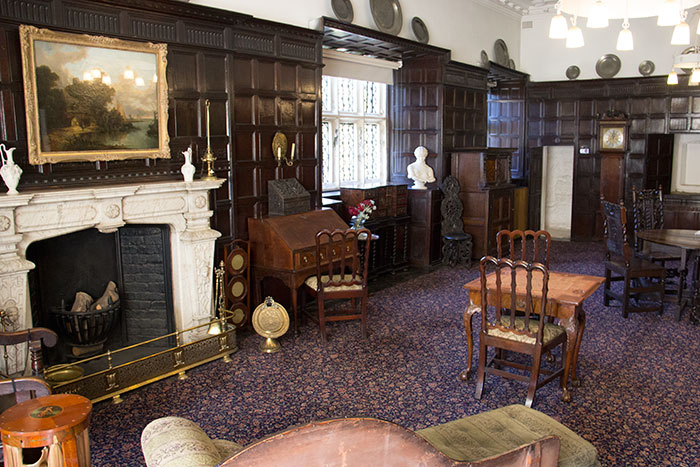
The Drawing room looks stunning, the ceiling has Tudor rose decorations and stained glass windows.
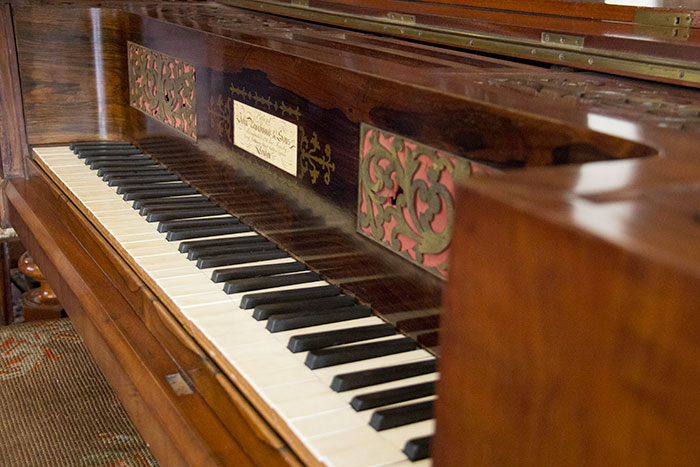
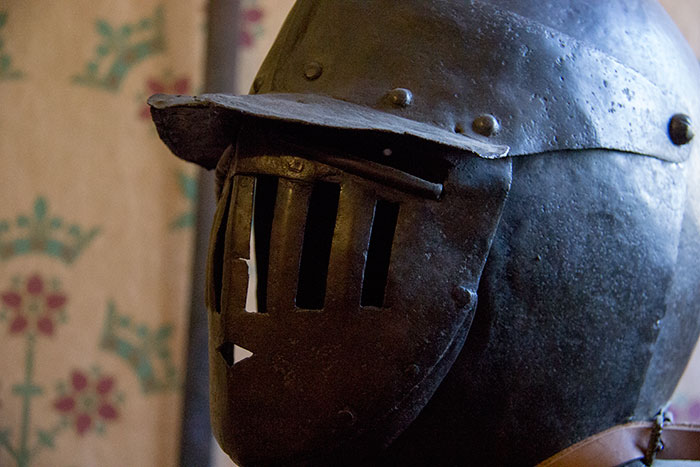
In the manor house there is a real armour, used in the 17th century, during the Civil War. It’s so small, but very heavy.

I mentioned before that the second building wasn’t stuck to the tower and this is how it looked like. Only a few inches one from the other. Now the two buildings are linked together.

The furniture in the house is beautiful and this bed was my favourite. I also saw a crib bed for adults, but the guide couldn’t tell me why it was made like that. She assumed it was used when traveling abroad by ship, as it has a mermaid carved on a side.

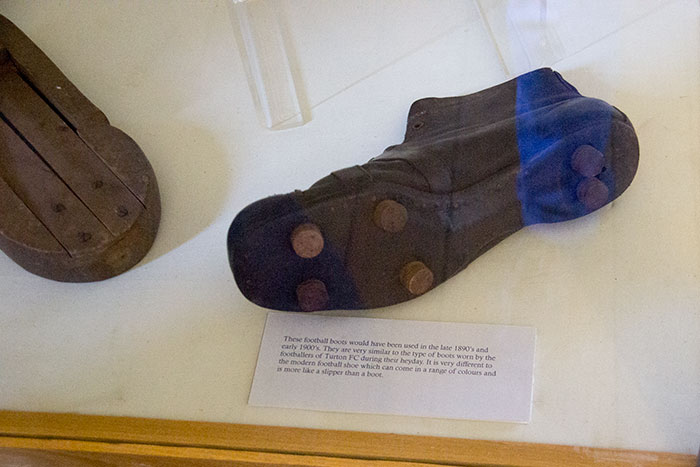
Football boots from around 1890 – 1900. It was similar to those used by the Turton football team.

These skulls were involved in a local enigma. Their origin is unknown. These two skulls were discovered in early 19th century in a nearby farm after strange disturbances were reported by the farmer and his family. They were linked to a poltergeist activity manifested on and off for about 150 years. The owner of the farm, Colonel Henry Hardcastle was interested in the skulls. His grandfather buried the skulls in the churchyard hoping the haunting will stop, but it seems to make things worse at the farm. So the skulls were dug up and placed on a Bible at Bradshaw Hall. In 1920s small fragments were sent away to Manchester for repair and the disturbances appeared again. The farm and Bradshaw Hall were demolished and part of the stone is the Turton gardens. While the poltergeist was not experienced for many years, the skulls are always on the Bradshaw Hall Bible, just in case.

I enjoyed my visit to Turton Tower, it’s a lovely place to see. The entrance fee is £6 for adults and there is a car park that is free. If you have a National Art Pass it’s free to visit.

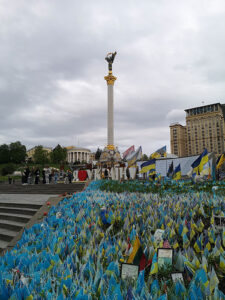



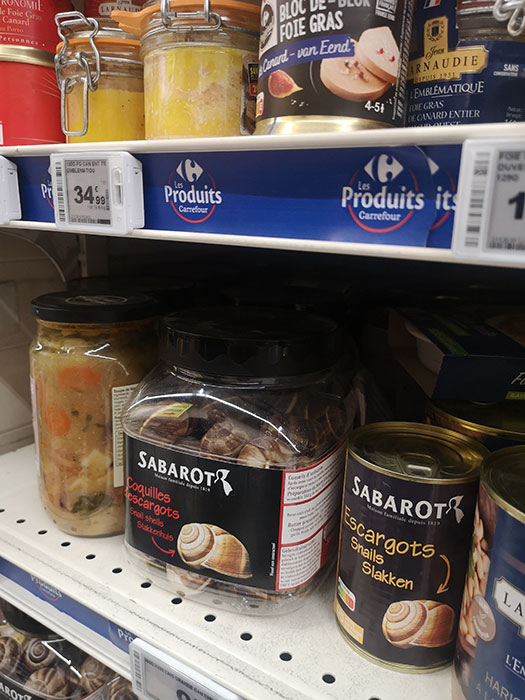


What a gorgeous looking building!
It reminds me a little of our local Bolling Hall, complete with civil war memorabilia and it’s own ghost story! (as all places like this should!)
It looks like a great place to visit actaully, I might try calling over soon with the kiddos!
A bit too far away from me but it sounds like a fascinating visit. I do like seeing the history of such places, especially towers. x
Oh this looks like my kind of place. How beautiful. Also the Civil War must have torn so many families apart.